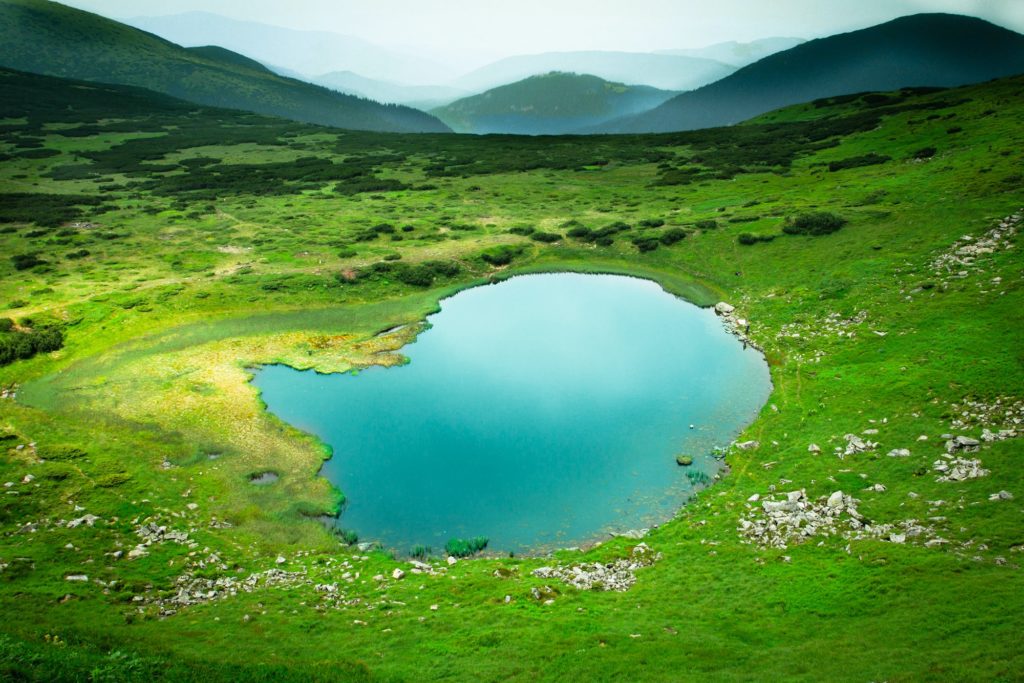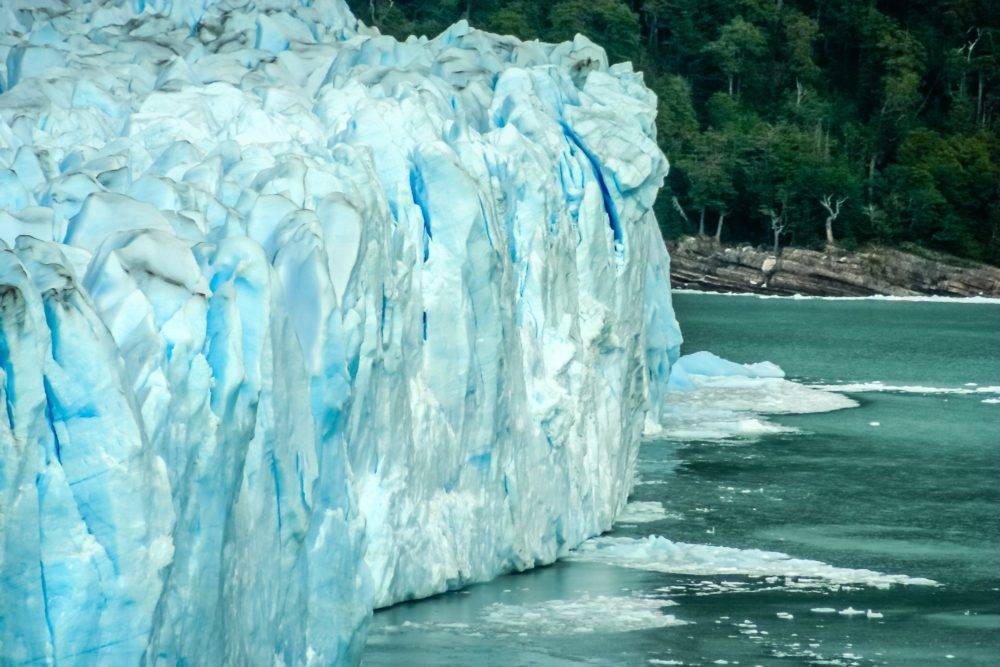What makes alpine lakes blue?
The color of an alpine lake depends on the water quality and the amount of sunlight that reaches the surface. Light hits water molecules and splits them into their component colors (red, green, and blue). Alpine lakes receive more sunlight than other lakes because they are higher in elevation.
Alpine lakes have more blue light than other types of water because it passes through more efficiently. The color of the water depends on how much red and green light is absorbed. When there are a lot of particles in the water, like algae, it absorbs more red and green light, and the water looks bluer. Fewer algae allow more red and green light to reach your eyes, so the water looks green or brown.

Factors that contribute to the blueness of alpine lakes
Different factors contribute to the blueness of alpine lakes. Some of these factors include:
Depth of water
The water’s depth is one factor contributing to the blueness of alpine lakes. The deeper an object is submerged in a body of water, the more light it scatters back to the surface.
The color of light reflected by the observer directly relates to its wavelength and how much it has been scattered. Red, orange, yellow and green wavelengths are scattered less than blue and violet wavelengths, so they are perceived as the light source’s color. Scattering is what gives a cloudless sky its blue appearance. The same effect occurs in alpine lakes.
Color of water
The color of the water itself also contributes to the blueness. The presence of small particles, such as clay and silt, in alpine lakes absorbs light at short wavelengths (blue and green) and reflects light at longer wavelengths (red).
Lakes sediment is usually made up of rock flour, a powdery mixture of tiny grains eroded from rocks on land. The particles absorb the red part of the spectrum and are not reflected. The result reflects the blue part of the spectrum, which our eyes perceive as “blue.”
Level of water clarity
Water clarity is a significant factor in determining the color of the water. Lakes with high water clarity are often bluer than lakes with lower clarity levels, which can appear more green or brown. The bluer the water, the more light can penetrate below its surface and reflect through it in a process called “blue-sky amplification.”
How do water’s physical and chemical properties affect the blueness of alpine lakes?
The physical and chemical properties of water affect the blueness of alpine lakes. Water has a high surface tension, which causes it to form droplets that are smaller than usual. This makes the water absorb more blue light than other colors, resulting in a bluer lake.
Algae can also cause blue coloring in lakes by releasing photosynthesis products such as cyanobacteria or phytoplankton cells. These products scatter short-wavelength light more than long-wavelength light, which gives lakes their characteristic blue hue.
Why are lakes different colors?
Lakes are different colors because of the sediment that is in them. The deposit can be made up of various things, including rocks, clay, and dirt. Each mineral or element can cause a lake to have a particular color.
Blue lakes are the most common color lakes. This is because they contain many sediments and minerals that reflect light in the blue wavelength. These minerals include:
Calcite
Aragonite
Sulfate Minerals (Gypsum, Halite)
Carbonates (Calcite, Dolomite)
These minerals are translucent. This means that light can pass through them. If the minerals are in large enough quantities, they will scatter the light and reflect it to your eyes. This is how lakes get their color!
Why is glacial meltwater blue?

The color of glacial meltwater is blue because it absorbs red and green wavelengths from sunlight. The water also has a higher density than regular water, which causes it to sink down into the lake and bring the blue color with it.
This phenomenon is caused by glacial flour, a fine powdery substance that composes rocks and sediments found in glaciers. Glacial flour scatters light, which is why the water appears blue.
Some glaciers also contain rocks that are typically dark in color. These rocks can be seen as a black line along the edge of some glaciers and result from the glacier scraping against rock formations.
Do all mountain lakes have blue water?
Yes, all mountain lakes have blue water. This is because the high altitude and cold temperatures cause the water to freeze quickly. The ice crystals in the water scatter light in every direction, which makes it look blue.

